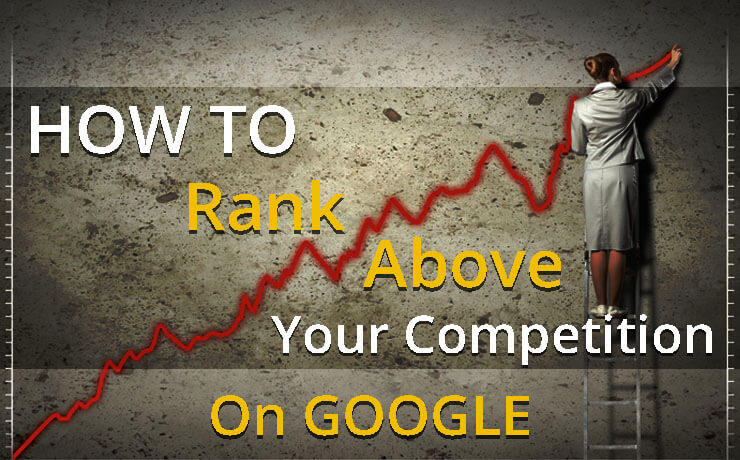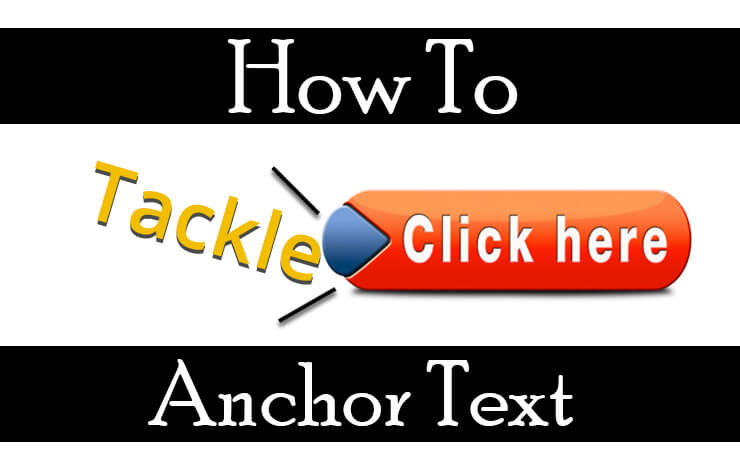The Expanding Influence Of Co-Occurrence And Co-Citation In SEO

Chad Faith
Director of Content

Links, keywords, and anchor texts have always been important for ranking your website in the search engine result page (SERP). With the rise of citations for local ranking and social media sharing, Google has introduced two new concepts into the equation. Co-occurrence and co-citation look similar at first, but they are not the same thing.
What is Co-citation?
Co-citation is defined as the method of building links without actually linking. The technique means that search engine bots will find the relationship between distinct websites that have something in common. To establish the connection, the crawler identifies the most successful website in a given niche and determines what other sites it mentions. Based on the relationship between the sites, Google will figure out the correct ranking of each one.
If you’re a webmaster or blogger, you should start mentioning other blogs and websites from your niche. You don’t have to link to a certain blog or page. Mentioning the name is enough for Google to pick up the citation.
What is Co-occurrence?
Co-occurrence has its roots in the latent semantic indexing (LSI) concept. Co-occurrences are used to find keywords and phrases that mean or refer to the same thing within a block of text. Even if your website doesn’t include a targeted keyword, your pages can get a ranking boost for it. All you need in this case is a link from a page that is relevant to your targeted keyword.
The Need for Co-occurrence and Co-citation
The two terms were first described by Matt Cutts in a post related to the Caffeine update in 2010. The Caffeine update introduced new algorithms in order to change the way search engine optimization (SEO) worked. Before the Caffeine update, webmasters and blog owners figured out how to manipulate anchor texts to obtain a better ranking. The new algorithm allowed sites that weren’t stuffed with keywords to rank well in search results.
How Do Co-occurrence and Co-citation Reshape SEO?
Co-occurrence and co-citation are indirect manifestations of the need for quality content. Therefore, website owners who plan to rank higher will be required to provide useful content that is good enough to be shared by visitors. The content should be sufficiently interesting to be mentioned by other webmasters and bloggers.
There are 3 major changes co-occurrence and co-citation can bring to the SEO landscape:
Anchor Text Will Lose its Pivotal Statute
The anchor text refers to the visible characters and words that the hyperlinks show when linking to a location on the web or a document. Because keywords are less relevant to quality content, optimizing the anchor to fit predefined specs cannot be abused anymore. You need to write more on hot and trending topics, so bloggers and web owners quote your valuable content. From this video which was published in 2012, you can already see the prediction coming true.
Emphasized Keywords Will Disappear
Since keywords and key phrases are less relevant to quality content, the need to emphasize them in your post becomes obsolete. You can observe this trend yourself by searching for a product and counting the number of emphasized keywords within the first listings.
Brand Presence Will Become Critical
Co-occurrence hinges on your brand being mentioned in different sources. To obtain mentions, you have to become proactive on social networks, forums, or discussion boards. The better your brand’s online presence, the greater odds you have of receiving mentions, and the higher your website’s rankings can go up.
What You Should Know
Co-occurrence and co-citation revolve around creating quality content, building a genuine presence on the web and being active on the net. That is why Google puts so much emphasis on social media sharing today. Organic and impartial co-occurrences will become the root of search engine optimization for all websites in the near future so find a SEO team who can help you utilize co-citation and co-occurrence to the best effects for your business website.









